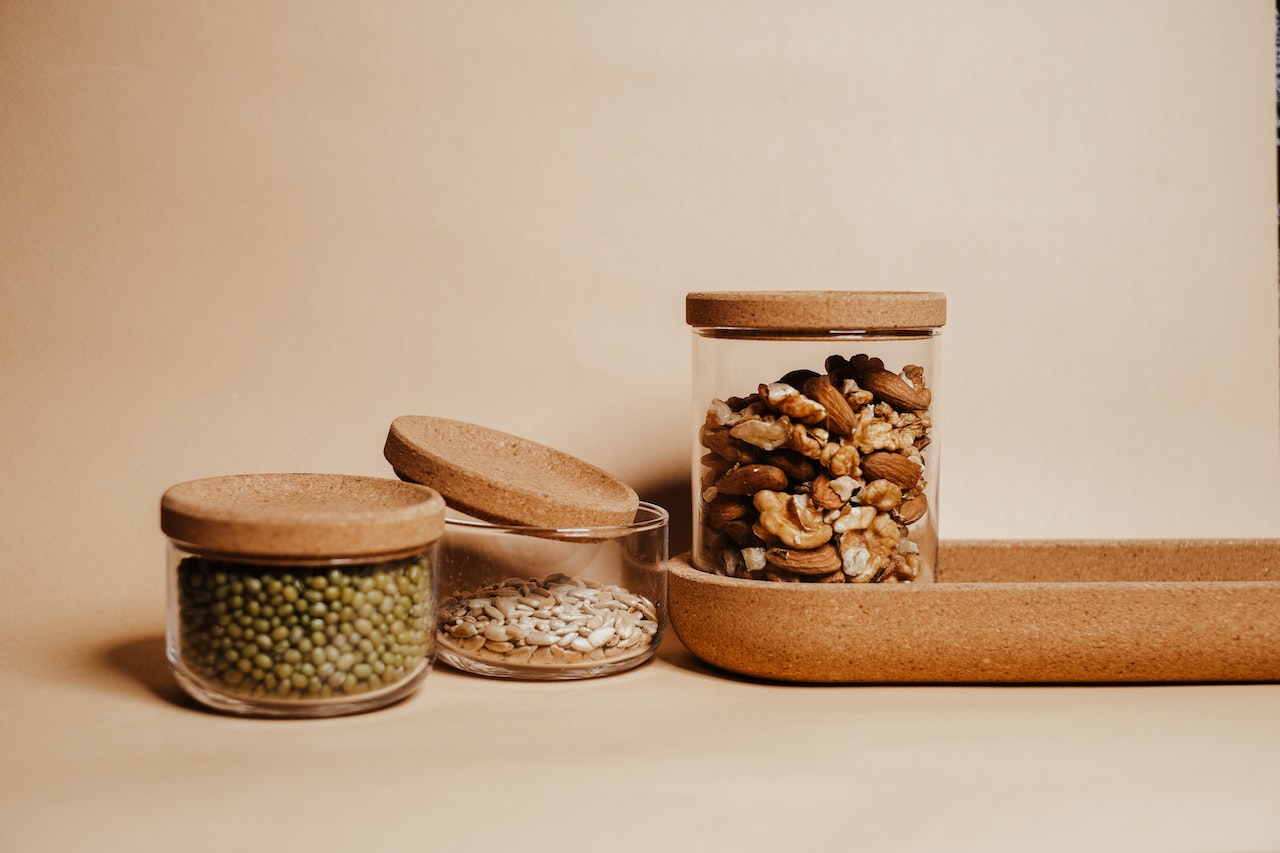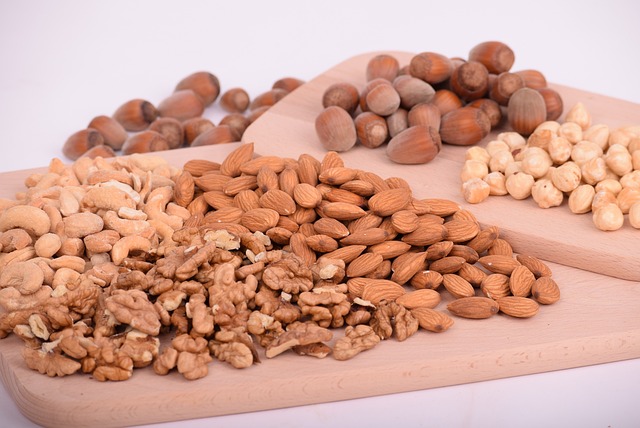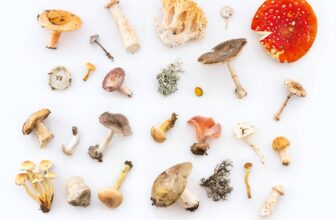
Table of Contents
Confused about the differences between nuts and seeds? And what about legumes? The names, sizes, and other factors tend to confuse a person trying to classify something as one of the three. For example, peanuts are not actual nuts, but legumes. Just because something is called a nut, it isn’t necessarily a nut. This article aims to define what nuts, seeds, and legumes are so that there will be less confusion and more clarity.
What are Nuts?

Nuts are defined as single-seeded, and dry fruits that are rich in oils. Usually, a solid or leathery outer layer protects them. Botanists define nuts as a specific type of dry fruit that consists of just one seed, a protective husk, and a hard shell.
Pecans, walnuts, hazelnuts, and chestnuts fall under the category of true nuts. While almonds and peanuts are not nuts. A fleshy coat surrounds almonds, like a plum, and peanuts are categorized as legumes.
Examples of Nuts
Nuts are often confused with seeds and legumes, but they are dry fruits consisting of a shell. Here are some common examples of nuts:
- Chestnuts: This is the edible nut we get from the chestnut tree, having a very hard shell. This usually needs to be broken by a nutcracker or roasted over a fire to release the actual chestnut from within.
- Acorns: Acorns in their raw form are toxic for humans as they contain a toxin called tannins. But when a leeching process is carried out to remove tannins, they become edible for humans.
- Walnuts: Some botanists classify walnuts as nuts, while some call them drupes, which are fruits having a stone that contains the seed. Walnuts consist of a crunchy interior enclosed inside a waxy husk. Walnuts are sometimes referred to as drupaceous nuts.
- Pecans: Pecans originate from the southern part of the United States and Mexico and have an oily mouthfeel and a crunchy texture. Pecan butter is made by grinding raw pecans and forming a pecan meal. You can candy the pecans or dry roast them.
- Hazelnuts: Hazelnuts are fruits obtained from the hazel tree and are a popular dessert and coffee flavoring. These are also sometimes called filberts and cobnuts.
What are Seeds?

When a plant is in an embryo stage, it is called a seed botanically. Seeds have three parts, an endosperm, an embryo, and a seed coat, which stores food for the growing plant. Some seeds become edible when they shed their seed coats.
While some are inedible as they don’t shed their coat. Many spices such as nutmeg, mustard, and coriander are seeds. While Brazil nuts and macadamia nuts are referred to as nuts, they are seeds.
Examples of Seeds
Many seeds are named nuts, despite being actually seeds. Here are the seeds that fulfill the definition of seeds:
- Poppy seeds: Poppy seeds grow on poppy plants and are a common ingredient in spice blends and seasonings.
- Brazil nuts: Brazil nut tree produces high-calorie and edible seeds, called Brazil nuts. These are high in calories and are enclosed inside a thin skin and a shell, which makes a lot of people believe they are nuts, instead of seeds.
- Pine nuts: Pine trees produce these delicately flavored nuts which are edible seeds. They are very oily, small, and oval, prove great when roasted, and are an ingredient in Italian pesto recipes.
- Sesame seeds: Sesame seeds are an essential ingredient of sesame oil, tahini, and bagel seasoning.
- Chia seeds: These black or white seeds are produced by a flowering plant belonging to the mint family. When soaked in water, they form a gelatinous outer coating and are added to puddings, smoothies, and shakes.
- Macadamia nuts: These are round and oily nuts produced by the macadamia tree and are used in nut mixes, cookies, and granolas.
- Pumpkin seeds: Pumpkin seeds make a salty, crunchy, and nutty snack when tossed in oil and then roasted in the oven.
- Flaxseeds: Flaxseeds can substitute eggs in many vegan recipes and have many culinary uses, such as in baked goods, oatmeal, and smoothies.
What are Legumes?

Legumes belong to the Fabaceae family consisting of edible seeds. Legumes have a soft and easy-to-open pod that contains multiple seeds. The pod sometimes breaks, and the seeds come out, while they are attached to the inner wall of the pod.
When legumes are dried, they become what we call pulses. There are two types of legumes, based on whether they split or not. Pulses are the legumes that split into halves, but grams are the legumes that don’t split.
Examples of Legumes
Here are some examples of legumes, and some of them may surprise you:
- Peanuts
- Green peas
- Black-eyed peas
- Black beans
- Kidney beans
- Navy beans
- Pinto beans
- Great Northern beans
- Chickpeas, also known as garbanzo beans
- Lima beans
- Soybeans
- Lentils
Difference Between Nuts and Seeds
- Seeds are the propagative part of a plant, while nuts are the fruits that contain a single seed.
- A nut can be classified under the category of seeds, but seeds cannot be called nuts.
- Seeds are attached to the ovary walls, but nuts are not attached.
- Seeds open and break out of the shell when they become mature, while the dry and hard shell of nuts remains intact.
- Seeds are rich in vitamin B, protein, fats, minerals, and dietary fibers. Whereas nuts contain fats, minerals, vitamins, and proteins.
- Nuts contain fruits and seeds enclosed within, and one cannot remove them. While one can remove the plant seeds from its fruits, such as removing the seeds of a pumpkin or a watermelon.
Differences Between Nuts and Legumes
- The biggest difference between the two is that a nut contains a single seed, while legumes have more than one seed.
- Nuts have a hard and woody pod, while legumes have a soft and fleshy pod.
- Legumes are rich in carbohydrates and protein, while nuts provide vitamins, minerals, and proteins.
- Legume seeds are attached to the inner wall of the pod, while seeds of nuts are not attached.
- The legume pod is dehiscent, meaning that it opens naturally to reveal the seeds. While the cover of nuts is hard and needs to be cracked, thus are called indehiscent.
- Nuts contain high amounts of vegetable oils, so increase the calorie intake. On the other hand, legumes don’t contain vegetable oils, thus they contain a lower amount of fat.
Comparison Table
Here is a comparison table to compare the differences between nuts, seeds, and legumes.
| Property | Nuts | Seeds | Legumes |
| Definition | a specific type of dry fruit consists of just one seed have a protective husk, and a hard shell. | When a plant is in an embryo stage, it is called a seed botanically. Seeds have three parts, an endosperm, an embryo, and a seed coat, which stores food for the growing plant. | Legumes have a soft and easy-to-open pod that contains multiple seeds. The pod sometimes breaks, and the seeds come out, while they are attached to the inner wall of the pod. |
| Available forms | Raw, shelled, dry-roasted, roasted, sugared, and salted | Raw and roasted forms | When dried, are available in two forms: pulses, which split into halves, grams which do not split |
| Relationships with each other | Nuts are seeds, but not necessarily legumes | A seed can be a legume or a nut | Legumes are seeds but not necessarily nuts |
| Examples | Acorns Chestnuts Hazelnuts | Chia seeds Sesame seeds Pumpkin seeds Hemp seeds Brazil nuts | Beans Peanuts Peas Lentils |
Wrapping Up
This guide to nuts vs seeds vs legumes would have helped you differentiate between nuts, seeds, and legumes, and know that peanuts are legumes, instead of putting them under the category of nuts. We hope you will be able to confidently identify the nuts, seeds and legumes that are in your kitchen pantry and use them without confusion.






